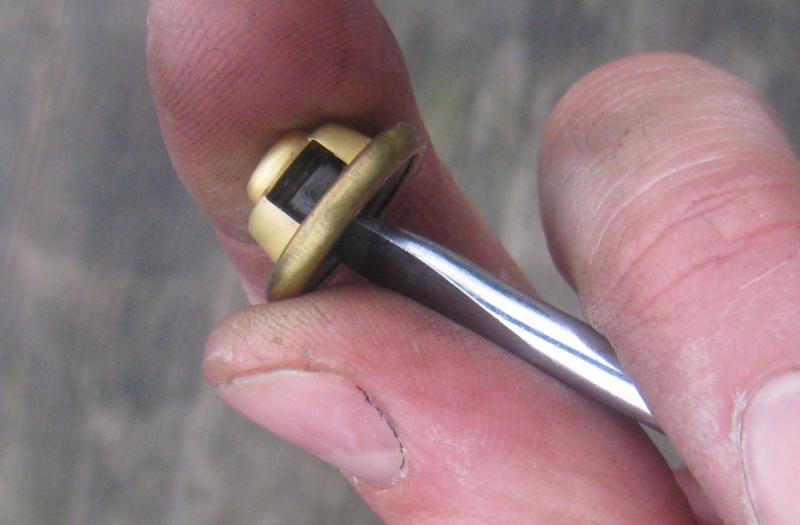Look out for any obvious damage on the external and internal surfaces. Pay particular attention to the moving parts. I was lucky – the piston and plunger shaft were only lightly polished. The plunger shaft on my pump has a diameter of 5mm.

The strength of the suck of the pump will ultimately depend on the fit of the piston in the main body of the pump. If the pump seems to be worn out then I guess you are better off replacing it, though I guess a decent machine shop would be able to fit a liner and hone the internal diameter to suit your existing piston. Alternatively you'll find lots of information here on this forum concerning the use of electric fuel pumps as an alternative to the original mechanical.
Make sure that the non-return valves are as clean as you can get them and make sure that the little valves operate properly on their springs.

WARNING:- Be careful don't push too hard!